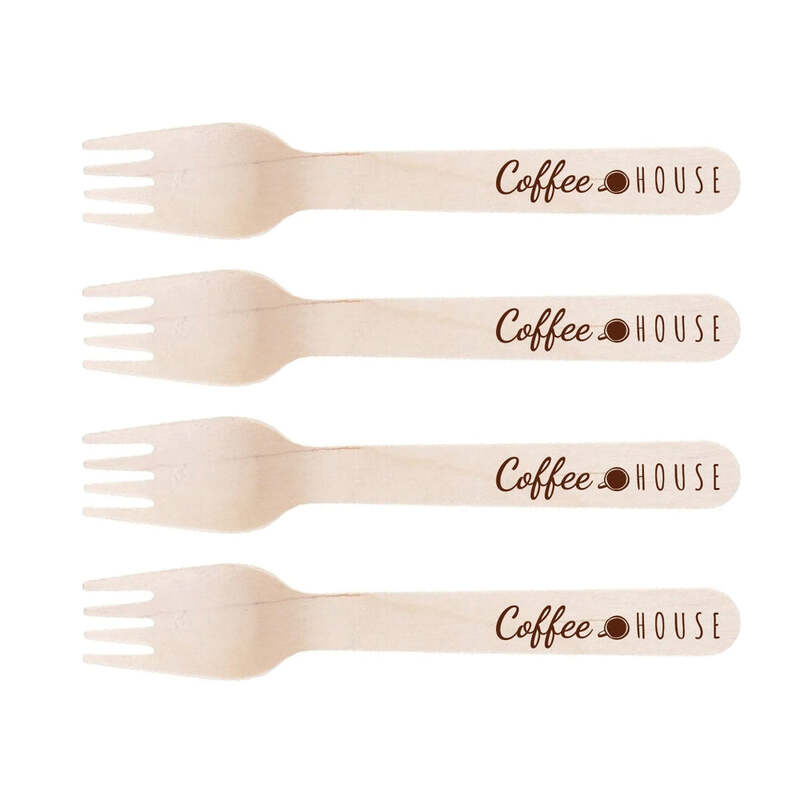The Rise of Meal Boxes A Culinary Revolution
In recent years, the culinary landscape has witnessed a transformative shift, largely attributed to the rise of meal boxes. These convenient packages, which deliver fresh ingredients and easy-to-follow recipes to consumers' doorsteps, have become more than just a food trend—they represent a lifestyle change that aligns with the growing demand for convenience, variety, and health-conscious eating.
Meal boxes cater to a diverse audience, from busy professionals to families seeking to simplify their dinner routines. The appeal lies in their time-saving nature. Instead of spending hours planning meals, grocery shopping, and preparing food, consumers can now enjoy gourmet-style dishes with minimal effort. Most meal box services allow customers to choose from a range of recipes each week, accommodating various dietary preferences, including vegetarian, vegan, gluten-free, and low-carb options. This flexibility ensures that everyone can find something to suit their taste and nutritional needs.
One of the key benefits of meal boxes is the reduction of food waste. Traditional grocery shopping often results in purchasing items that may not be used before they spoil. Meal boxes come with precisely portioned ingredients, minimizing excess and helping consumers make the most of their purchases. This system not only mitigates waste but also lowers expenses associated with unused food items.
Moreover, meal boxes foster a more mindful approach to eating
. With subscriptions often encouraging consumers to prepare their meals at home, they become active participants in their dietary choices. This engagement can lead to healthier eating habits, as individuals learn to cook with fresh ingredients and experiment with new flavors. In contrast to relying on takeout or pre-packaged meals, cooking with meal boxes enables a deeper appreciation for food, promoting culinary creativity and skill development.meal boxes

The environmental impact of meal boxes is also worth noting. Many meal box companies prioritize sustainability by sourcing ingredients from local farms and adopting eco-friendly packaging solutions. This approach not only supports local economies but also reduces the carbon footprint associated with long-distance food transportation. As consumers become more environmentally conscious, meal boxes offer a practical solution to align their eating habits with their values.
However, the meal box phenomenon is not without its challenges. Some critics argue that these services can be expensive compared to traditional grocery shopping. Additionally, the reliance on subscription services might deter individuals who enjoy spontaneous cooking or trying unique ingredients not typically found in meal boxes. Providers are aware of these concerns and are continually adjusting their offerings, including the introduction of more flexible plans, allowing customers to skip weeks or choose smaller portions.
The COVID-19 pandemic has further accelerated the popularity of meal boxes, as people sought safer alternatives to dining out and social gatherings. As restaurants faced closures, many turned to meal kits as a way to reach their customers. This shift not only transformed their business models but also introduced more consumers to the concept of home cooking through curated kits.
In conclusion, meal boxes have revolutionized the way we approach cooking and eating. They provide a convenient, sustainable, and health-conscious solution that resonates with modern lifestyles. As the demand for these services continues to grow, it is clear that meal boxes are here to stay, offering a tasty glimpse into the future of home dining. Whether as a tool for busy families or a means for individuals to explore their culinary interests, meal boxes have solidified their place in the contemporary kitchen, inviting everyone to partake in the joys of cooking at home.



